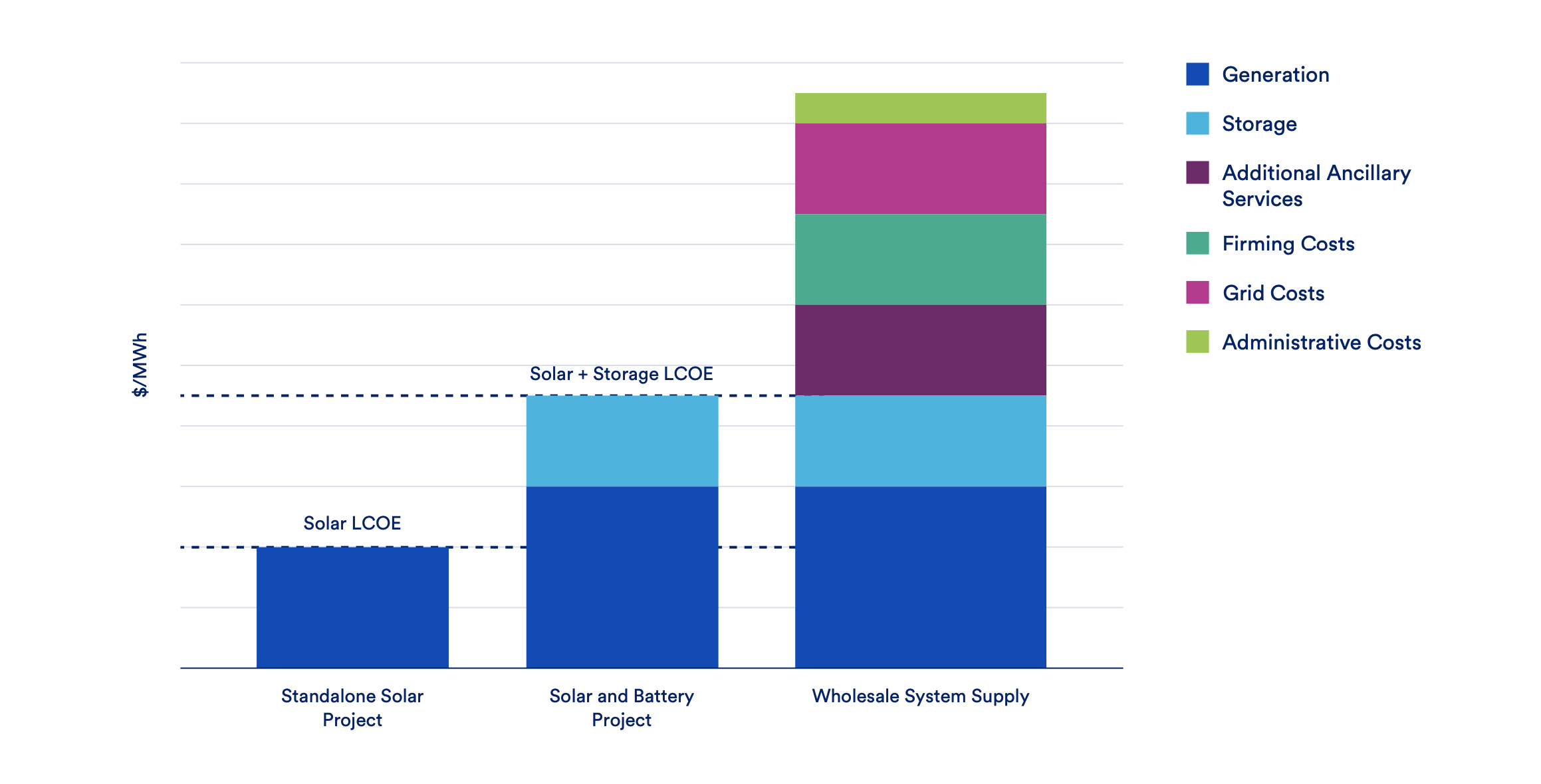A growing number of energy experts are urging policymakers and industry leaders to retire the Levelized Cost of Electricity (LCOE) as the go-to metric for comparing clean energy technologies. A new report from the Clean Air Task Force (CATF), Beyond LCOE: A Systems-Oriented Perspective for Evaluating Electricity Decarbonization Pathways, argues that continued reliance on LCOE risks misguiding investment, delaying grid decarbonization, and raising long-term energy costs.
LCOE, which calculates the per-megawatt-hour cost of generating electricity from a specific project over its lifetime, has long been a favorite of analysts and media outlets. But the CATF report highlights how the metric ignores key system-wide factors—like reliability, grid integration costs, and the ability to generate power on demand—that are increasingly crucial as renewable energy penetrates the grid at higher levels.
“LCOE is simple and standardized, but it’s no longer sufficient for long-term planning,” the report states.
Why LCOE Falls Short
LCOE works best in low-renewable environments with flat demand. But today’s grid is rapidly changing. Electrification of transport, industry reshoring, and surging data center growth are driving up both energy use and peak demand across North America and Europe.
Variable renewables like wind and solar may have the lowest LCOEs, but their output is intermittent. That leads to curtailment, storage costs, and reliability challenges — costs that LCOE simply doesn’t capture. For example, solar paired with battery storage may still show a low LCOE on paper, but system-wide modeling often reveals much higher real costs due to the need for grid upgrades and ancillary services.
The Case For Clean Firm Power
The CATF report emphasizes the importance of so-called clean firm technologies — resources like advanced nuclear, geothermal, long-duration storage, and combustion-based generation with carbon capture. These can produce electricity on demand, regardless of time or weather, and help stabilize the grid.
A notable example is Ontario’s recent approval of a small modular nuclear reactor (SMR) project at Darlington. While the SMR’s LCOE is higher than solar or wind, the system operator found it was more cost-effective overall than attempting to meet the same reliability requirements with renewables, batteries, and new transmission lines.
This aligns with previous system studies, including Princeton’s Net-Zero America and Evolved Energy Research’s Carbon-Free Europe, which consistently find that diverse portfolios — including clean firm power — deliver lower overall costs and greater reliability than VRE-dominated systems alone.
New Metrics, New Models
The report encourages policymakers to adopt metrics that better reflect full system costs, such as:
- Value-Adjusted LCOE (VALCOE): includes capacity and reliability value
- Levelized Avoided Cost of Electricity (LACE): reflects what a new resource avoids replacing
- Full-System Cost Modeling: accounts for grid integration, storage, and transmission needs
But CATF ultimately argues for jurisdiction-specific, long-term modeling as the gold standard — tailored to local needs, weather patterns, infrastructure, and decarbonization goals.
What’s At Stake
With trillions in clean energy investment flowing from policies like the Inflation Reduction Act in the US and the Green Deal in Europe, how the energy transition is measured matters. “Good intentions and bad metrics can still build the wrong grid,” the report warns. Beyond LCOE: A Systems-Oriented Perspective for Evaluating Electricity Decarbonization Pathways is downloadable from the CATF website.
Sign up for CleanTechnica’s Weekly Substack for Zach and Scott’s in-depth analyses and high level summaries, sign up for our daily newsletter, and follow us on Google News!
Whether you have solar power or not, please complete our latest solar power survey.
Have a tip for CleanTechnica? Want to advertise? Want to suggest a guest for our CleanTech Talk podcast? Contact us here.
Sign up for our daily newsletter for 15 new cleantech stories a day. Or sign up for our weekly one on top stories of the week if daily is too frequent.
CleanTechnica uses affiliate links. See our policy here.
CleanTechnica’s Comment Policy

